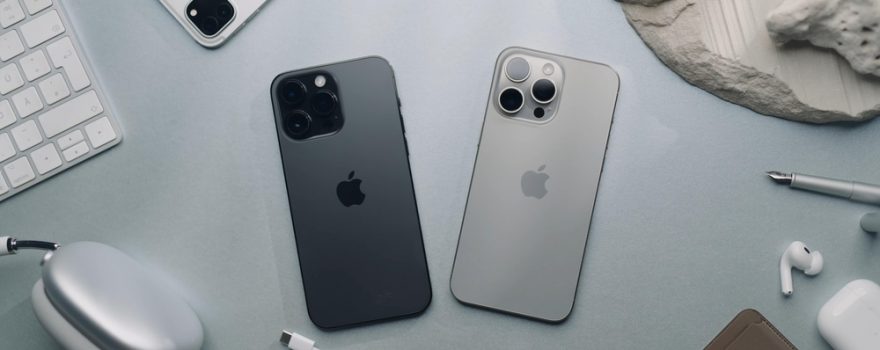
The global smartphone market, according to recent reports from IDC, has experienced a notable rebound in the first quarter. However, amidst this resurgence, tech giant Apple Inc. finds itself grappling with a significant decline in iPhone shipments, marking its worst performance since the onset of the Covid-19 pandemic.
Challenges in China Market
Ever since the debut of the latest-generation iPhone in September, Apple has encountered difficulties sustaining sales in China, the world’s largest smartphone market. Despite a broader recovery in the smartphone industry, Apple’s iPhone shipments witnessed a sharp decline of 10 percent in the March quarter, as reported by IDC.
Decline in Shipments
Apple shipped 50.1 million iPhones in the first three months of the year, falling below analysts’ average forecast of 51.7 million, according to IDC data. This 9.6 percent year-on-year drop represents the sharpest decline for Apple since the disruptions caused by the Covid-19 blockade in 2022.
Rise of Chinese Competitors
The resurgence of Chinese rivals, including Huawei Technologies Co. and Xiaomi Corp., coupled with Beijing’s ban on foreign devices in workplaces, has compounded Apple’s challenges in the Chinese market. Data from IDC reveals a snapshot of global performance, highlighting the intensifying competition Apple faces, especially from its Chinese counterparts.
Market Dynamics
While Apple struggles to maintain its market share, competitors like Xiaomi are experiencing significant growth. Xiaomi’s phone shipments surged by 33.8 percent in the first quarter, reflecting a trend where Chinese brands are gaining traction at the expense of Apple and Samsung.
Implications and Outlook
Nabila Popal, research director at IDC, emphasizes that while Apple has demonstrated resilience in recent years, maintaining its growth rate and peak share will be challenging. IDC anticipates Android to outpace Apple’s growth as the smartphone market continues to evolve.
Response and Strategy
In response to the declining shipments, Apple has resorted to unusual discounts to stimulate sales, with some retail partners in China offering discounts of up to $180 off the regular price. Additionally, the company recently opened a large new store in Shanghai, reaffirming its commitment to the Chinese market.
Consumer Behavior
As consumer preferences shift towards premium models and longer ownership cycles, Apple faces the dual challenge of retaining its existing customer base while attracting new users. Many consumers, while expressing loyalty to Apple, are also considering alternatives such as Huawei’s Mate 60 successor or foldable devices from competitors.
Conclusion
Apple’s struggle against Chinese rivals amidst a rebounding smartphone market underscores the evolving dynamics of the tech industry. As competition intensifies and consumer preferences evolve, Apple must adapt its strategies to navigate these challenges and maintain its position in the highly competitive smartphone market.




